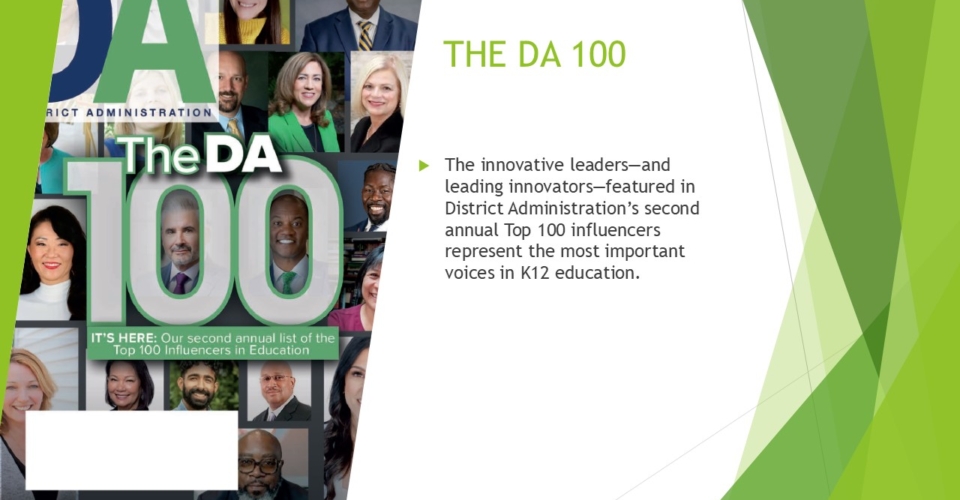As we reflect on President Donald Trump’s first 100 days in office, one prominent question remains: How are tariffs impacting K12 schools? The truth is, there’s no heavier burden on school finances than labor costs.
Concerns over the cost of goods and services rose sharply after the Trump Administration announced earlier this month that it would impose a 10% tariff on all countries and higher, individualized reciprocal tariffs with countries with which the U.S. has the largest trade deficits.
A recent CBS News/YouGov poll suggests the administration is focusing too much on tariffs, yet more than 60% of survey-takers believe he’s doing exactly what he promised on the campaign trail. Meanwhile, 53% of Americans believe the economy is getting worse, while 28% believe the opposite.
As for K12 education, there’s little to be said about tariffs and their impact on school districts, according to Georgetown University’s Edunomics Lab Director Marguerite Roza. The real financial strain is—and always will be—labor.
“Overwhelmingly, school districts are labor,” she says. “The bulk of their expenditures are not affected.”
The remaining costs include energy, textbooks, and vehicles, all of which are mostly made in the U.S., she adds.
“As far as industries go, K12 education is less affected by tariffs,” she says. That said, tariffs can drag on the economy and the state revenues that play a major role in school districts’ finances.
However, school districts like Alabama’s Autauga County Schools are experiencing the effect of Trump’s 25% tariffs on automobiles, Alabama Daily News reports. Superintendent Lyman Woodfin told board members that a $2,500 tariff is being placed on six of the 11 school buses the district purchased last fall.
According to Alabama Daily News, the additional cost is being applied to parts manufactured after the federal tariff took effect.
Mitigating the risk
Currently, the chance of a recession by the end of 2025 sits around 57%, according to market predictor Polymarket. Considering K12 education makes up a large portion of most state budgets, Roza says it’s something to keep an eye on.
“This would not be the time to spend down your reserves,” she argues.
Decades ago, schools were not so reliant on state revenues, she adds. Most of their revenue came from local property taxes. However, the idea proved inequitable, forcing states to step in to balance out the money schools raised locally.
“Now, districts are more vulnerable to shifts in the economy,” she explains. Her advice to school leaders is to protect your reserves.
“Make those untouchable,” she says. “This isn’t the year to pull from those funding sources.”
It’s also important to note that the last decade has been one of revenue growth for school districts, and it’s likely they won’t experience anything similar anytime soon, according to Roza. Districts will have to downsize operations, especially those experiencing enrollment declines.
“I think that state budgets are proving tighter this year and are forecasting to be tighter next year, which means that there will be a lot of competition for a limited amount of state money,” she says.
More from DA: Judges block Trump’s moves to withhold funds over DEI



